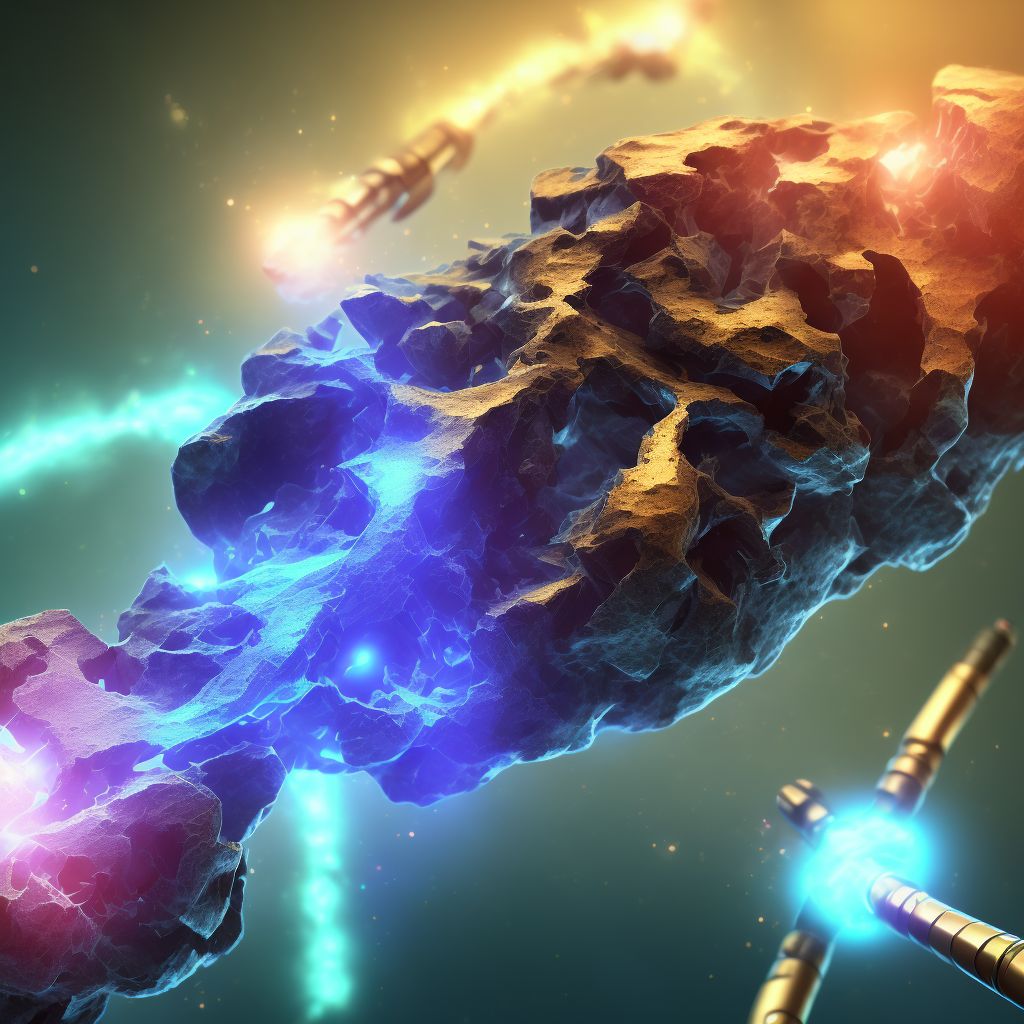
Nondisplaced segmental fracture of shaft of left tibia, subsequent encounter for open fracture type IIIA, IIIB, or IIIC with routine healing Save
ICD-10 code: S82.265F
Disease category: S82.265: Nondisplaced segmental fracture of shaft of left tibia
Nondisplaced Segmental Fracture of Shaft of Left Tibia: Understanding the Healing Process
A nondisplaced segmental fracture of the shaft of the left tibia is a specific type of injury that requires proper medical attention for optimal healing. In this subsequent encounter, we will delve into the open fracture types IIIA, IIIB, or IIIC and discuss the routine healing process, excluding treatment options. Let's explore the various aspects of this condition.
- Definition: A nondisplaced segmental fracture of the shaft of the left tibia refers to a specific type of fracture where the bone breaks into two or more pieces without major displacement. This injury can be classified as an open fracture type IIIA, IIIB, or IIIC, indicating varying degrees of soft tissue damage and bone exposure.
- Diagnosis: Physicians diagnose this condition using X-ray imaging techniques to assess the severity and location of the fracture. Additionally, a thorough examination helps determine the appropriate treatment plan.
- Signs and Symptoms: Common signs and symptoms of this fracture include localized pain, swelling, tenderness, and difficulty bearing weight on the affected leg. In open fracture cases, additional symptoms such as bleeding, bone protrusion, and visible wounds may be present.
- Healing Process: Routine healing of a nondisplaced segmental fracture of the shaft of the left tibia involves several stages. Initially, blood clotting occurs at the fracture site, forming a hematoma. Over time, new blood vessels and fibrous tissue develop, creating a soft callus that stabilizes the fractured bone. Eventually, this callus is replaced by hard callus, composed of calcium and phosphorus, which bridges the fractured segments. Finally, remodeling takes place, where the bone gradually regains its original shape and strength.
- Recovery Time: The recovery time for this type of fracture varies depending on factors such as the patient's age, overall health, and the severity of the injury. It typically takes several weeks to several months for the bone to heal completely. However, it is crucial to consult with a healthcare professional for an accurate assessment of the recovery timeline.
Overall, understanding the healing process of a nondisplaced segmental fracture of the shaft of the left tibia is essential for patients and healthcare providers. By familiarizing ourselves with the stages involved in routine healing, we can better support patients through their recovery journey.
Treatment of Nondisplaced segmental fracture of shaft of left tibia, subsequent encounter for open fracture type IIIA, IIIB, or IIIC with routine healing:
Treatment Options for Nondisplaced Segmental Fracture of Shaft of Left Tibia
Dealing with a nondisplaced segmental fracture of the shaft of the left tibia can be a challenging situation. However, with the right treatment options, patients can achieve routine healing and regain full functionality. In this article, we will explore some effective treatments for open fracture types III...
To see full information about treatment please Sign up or Log in